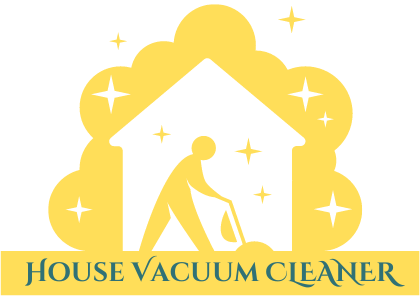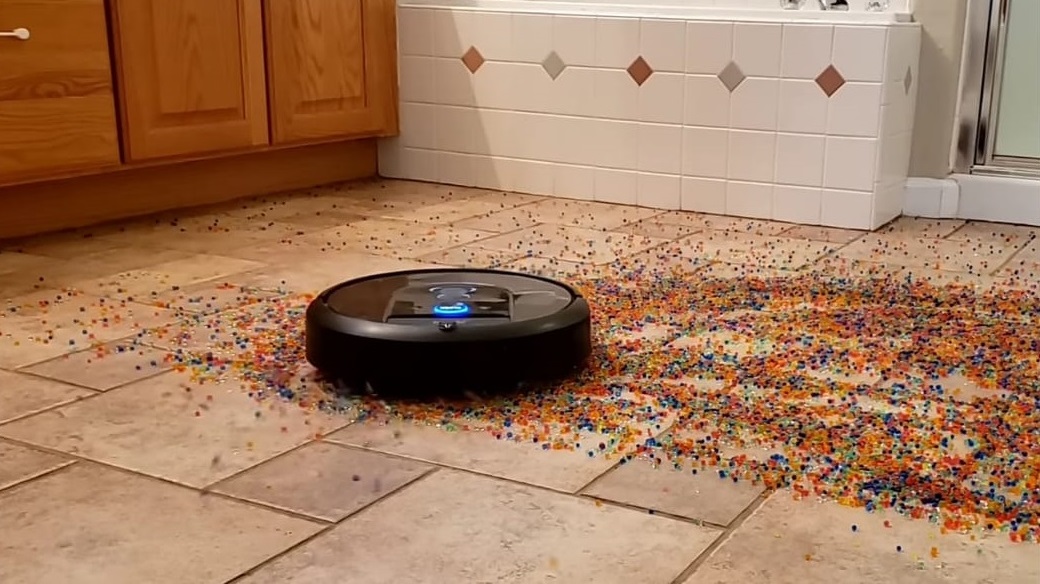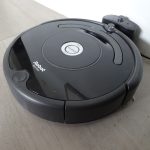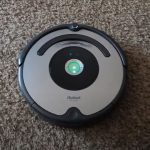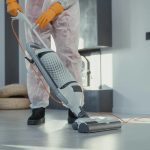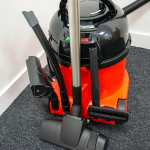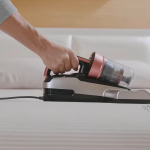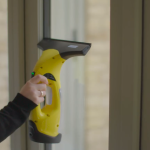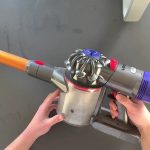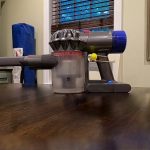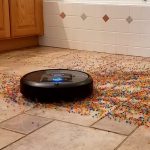Roomba robotic vacuum cleaners have revolutionized the way we maintain clean floors effortlessly. However, if you find that your irobot Roomba is emitting an unusually loud noise during operation, it can be pretty frustrating and disruptive.
In this article, we will explore some common reasons why your Roomba might be louder than expected and provide potential solutions to mitigate the noise.
Reasons for Roomba’s loud noise:
Some common reasons why your Roomba robot vacuum might be louder are discussed below:
Debris or Obstructions:
One of the primary reasons for increased noise in a Roomba is the presence of debris or obstructions in the cleaning mechanism. Over time, dirt, hair, or other debris can accumulate around the Roombas brush roll or other moving parts, causing it to operate less smoothly. The excess friction leads to increased noise levels.
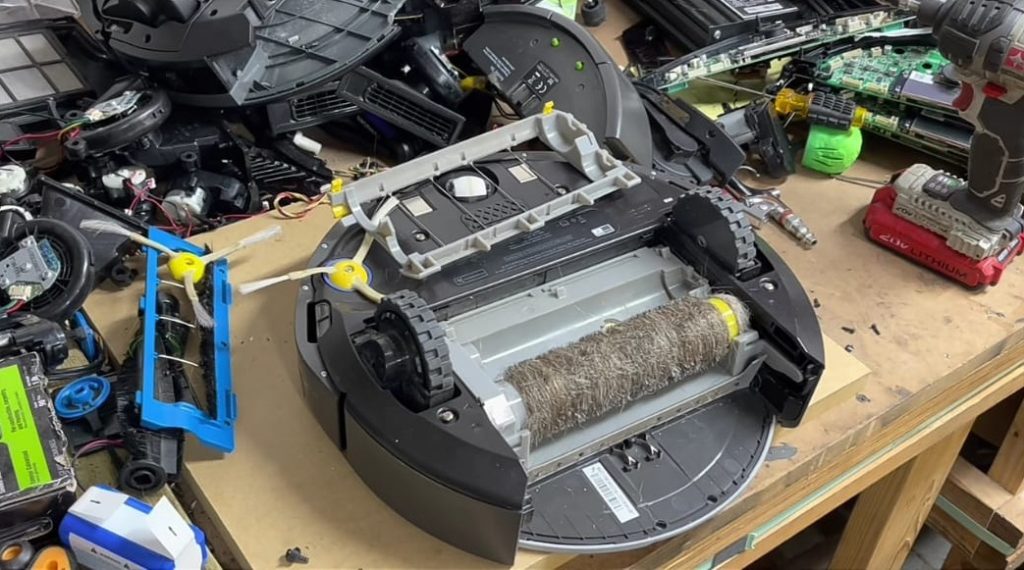
To address this, regularly clean the Roomba’s brushes, extractors, and any other accessible parts to ensure smooth operation and make roomba to be quite clean.
Dirty or Worn-out Parts:
If your Roomba has been in use for a while, it is possible that certain components have become dirty or worn out, contributing to the noise. For example, the brush roll or side brush might accumulate debris or wear down, affecting its efficiency and causing increased noise during operation. Cleaning or replacing these parts as needed can help restore quieter operation.
Unbalanced or Loose Components:
A Roomba may produce loud noises if certain components become unbalanced or loose. Check if the wheels, side brushes, or other moving parts are properly attached and secured. If any component appears loose or wobbly, tightening or readjusting it may reduce the noise level.
Additionally, make sure the Roomba’s dustbin is properly inserted and locked into place, as an improperly secured dustbin can also cause rattling noises.
Clogged or Dirty Filters:
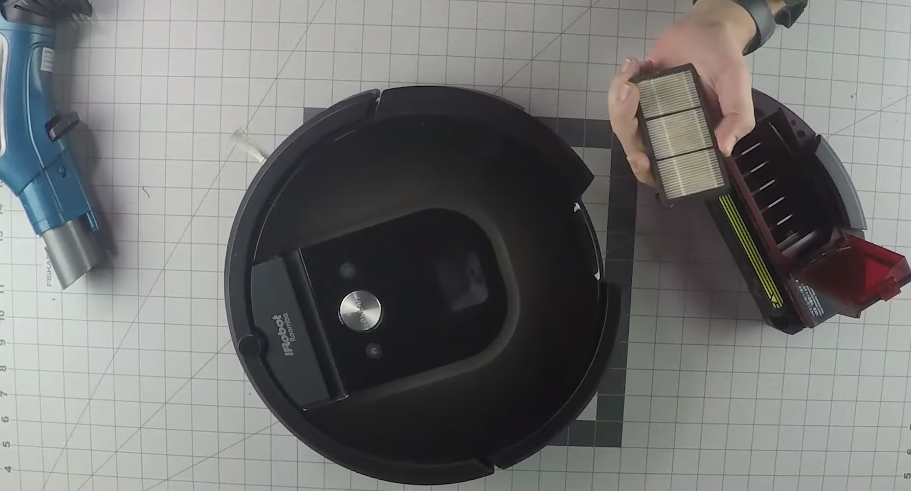
Clogged or dirty filters can obstruct the airflow within the irobot Roomba, straining the motor and increasing noise levels. Regularly clean or replace the filters, as per the manufacturer’s recommendations, to ensure proper air circulation and prevent excessive noise during operation.
Surface and Room Conditions:
The type of flooring and the environment in which your robot vacuums operate can influence its noise level. Roombas may produce more noise on hard surfaces compared to carpets due to increased reverberation. Additionally, echoes or reverberation in an empty room can amplify the noise produced by the robotic vacuum.
Consider using area rugs or carpeting to dampen the noise on the hard floor, or try running the Roomba when the room is occupied to minimize the perceived noise level.
Mechanical Issues:
In some cases, a loud Roomba could be a sign of underlying mechanical issues. If you have checked for the above-mentioned factors and the noise persists, it may be necessary to contact customer support or take the Roomba for servicing. Trained professionals can diagnose and address any mechanical problems that may be causing excessive noise.
Loose or Damaged Belt:
Roombas use belts to drive the brush roll or other components. If the belt becomes loose or damaged, it can cause the brush roll to rotate unevenly, resulting in increased noise. Inspect the belt for any signs of wear or looseness and replace it if necessary.
Motor Issues:
A malfunctioning or worn-out motor can contribute to excessive noise. If the motor is struggling to operate efficiently, it may generate more noise during operation. In such cases, it is best to contact customer support or a Roomba service center for motor diagnostics and potential repairs.
Air Leaks:
Air leaks within the Roomba vacuum cleaner can disrupt the proper functioning of the vacuum, leading to increased noise. Check for any gaps or cracks in the housing or seals of your Roomba and ensure they are tightly sealed. This can help maintain optimal suction and reduce noise levels.
Incorrect Assembly or Installation:
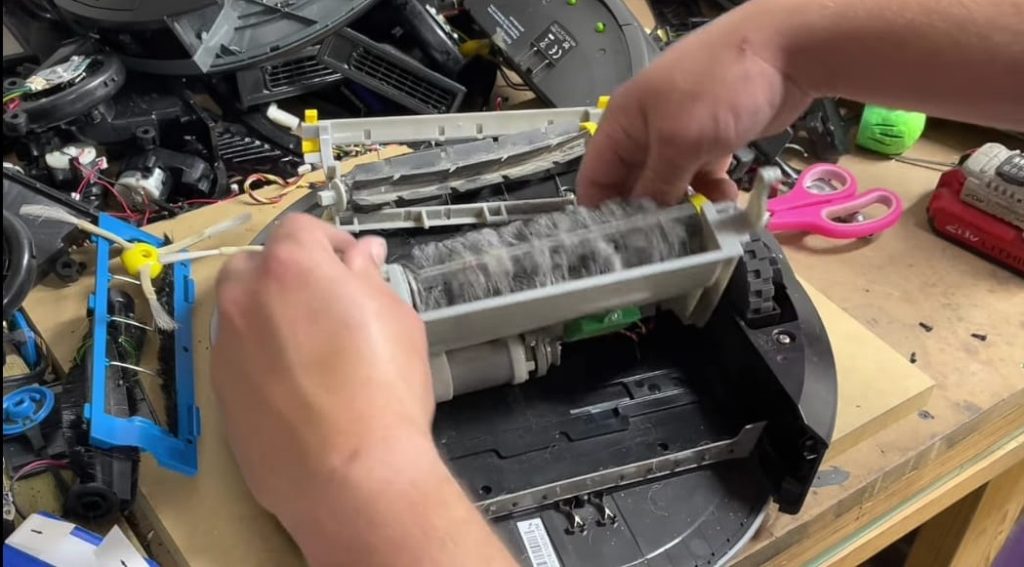
If the Roomba or its components are not assembled or installed correctly, it can increase noise during operation. Double-check that all parts are properly aligned and attached according to the manufacturer’s instructions. An incorrectly assembled irobot Roomba may produce rattling or vibrating noises.
Software or Firmware Issues:
In rare cases, software or firmware issues can cause the Roomba to operate louder than usual. Check for any available updates from the manufacturer and ensure your Roomba is running the latest software version. Updating the firmware can sometimes address performance-related issues, including noise.
Model and Design:
It’s worth noting that some Roomba models may inherently produce more noise than others due to differences in design and construction. Newer models often feature noise reduction technologies and improved design features to minimize noise.
If the noise level is a significant concern, you might consider upgrading to a newer model known for its quieter operation.
Solutions to Address the Excessive Noise
Some solutions to address the excessive noise coming from your Roomba:
Clean the Brush Roll and Components:
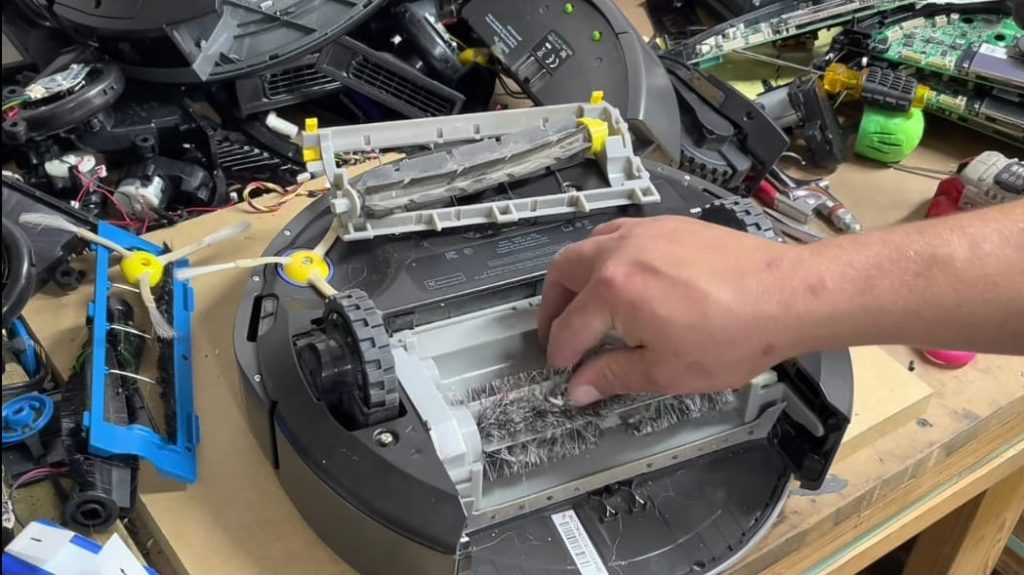
Regularly clean the brush roll, extractors, and any other accessible parts of your Roomba. Remove any dust, debris, hair, or tangled fibers that may have accumulated. This will ensure smooth operation and minimize rattling noise caused by friction or obstruction.
Replace Worn-out Parts:
If you notice that certain components such as the brush roll or side Roomba brush are worn-out or damaged, consider replacing them. Worn-out parts can cause imbalances and generate more noise during operation. Refer to the irobot roomba i3’s user manual or contact customer support to obtain the correct replacement parts.
Tighten Loose Components:
Check for any loose or wobbly components, such as wheels, side brushes, or dustbins. Ensure they are properly attached and tightened according to the manufacturer’s instructions. Tightening loose components can reduce unnecessary vibrations and loud noise.
Clean or Replace Clogged Filters:
Regularly clean or replace the filters, following the manufacturer’s guidelines. Clogged filters can obstruct airflow, strain the motor, and lead to increased noise. Clean filters allow for better air circulation, improving overall performance and reducing noise levels.
Use Area Rugs or Carpets:
If your Roomba by irobot operates on hard floors, placing area rugs or carpets in the cleaning area can help dampen the noise. The soft surface absorbs some of the sounds, reducing the noise level generated by the vacuum.
Schedule Cleaning When the Room is Occupied:
Running the Roomba irobot when the room is occupied can help minimize the perception of noise. The presence of other ambient sounds or activities can help mask the noise generated by the robot vacuum, making it less disruptive.
Check and Adjust Assembly:
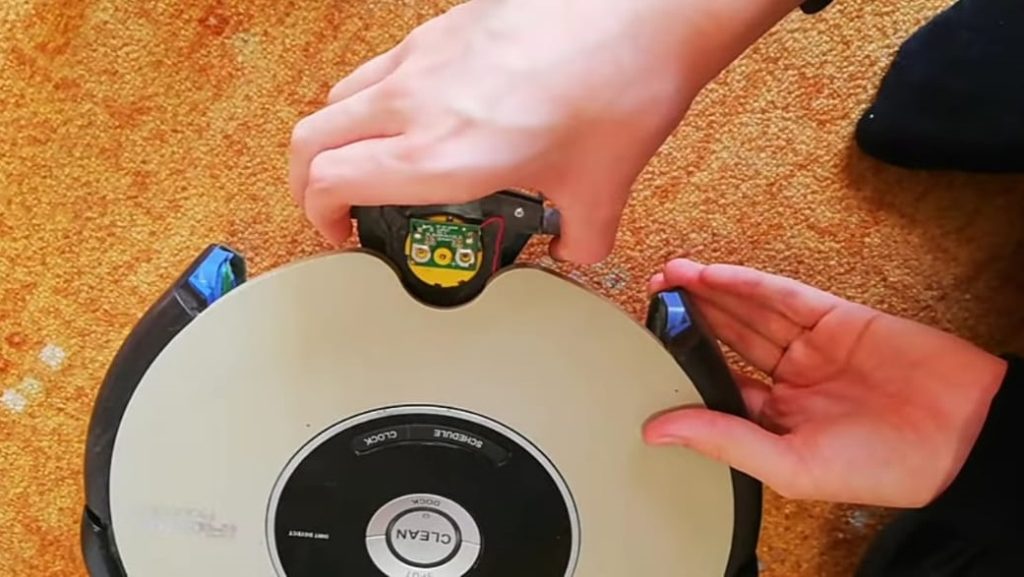
Ensure that your irobot’s Roomba and its components are correctly assembled according to the manufacturer’s instructions. Verify that all parts are properly aligned and securely attached. An incorrect assembly can result in rattling or vibrating noises. Reassemble the Roomba i3 if necessary.
Inspect and Repair the Motor:
If you suspect that the motor is causing excessive noise, consider contacting customer support or a Roomba service center for motor diagnostics and potential repairs. A malfunctioning or worn-out motor can significantly contribute to increased noise levels. Professional assistance can help diagnose and address motor-related issues effectively.
Apply Sound-Dampening Materials:
You can reduce the noise generated by your Roomba by applying sound-dampening materials to its body or specific components. These materials, such as foam or rubber pads, can help absorb vibrations and reduce noise transmission. Apply them strategically to areas where the noise is most pronounced.
Adjust Cleaning Settings to “Quiet” or “Eco:
Some Roomba models offer different cleaning modes or settings that may affect noise levels. Experiment with different cleaning modes, such as “Quiet” or “Eco,” designed to minimize noise while maintaining effective cleaning performance. Consult the user manual or the manufacturer’s website for guidance on adjusting the settings.
Conclusion:
While irobot Roomba i7, irobot Roomba j7, roomba s9, and other Roomba model are generally designed to operate quietly, various factors can contribute to increased noise levels.
Regular maintenance, cleaning, and proper care are crucial to ensuring the quietest roomba. By addressing issues such as debris buildup, worn-out components, unbalanced parts, and clogged filters, you can significantly reduce the noise produced by your irobot Roomba vacuums.
One of the solution is to increase their suction power and make Roomba quieter. However, if the noise persists despite your best efforts, seeking professional assistance is recommended. Remember, a well-maintained and properly functioning Roomba will not only be quieter but also continue to provide efficient and effective cleaning preferences for years to come.
